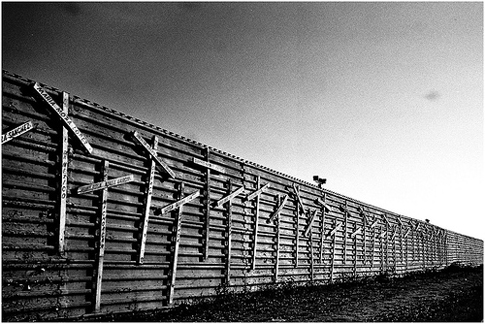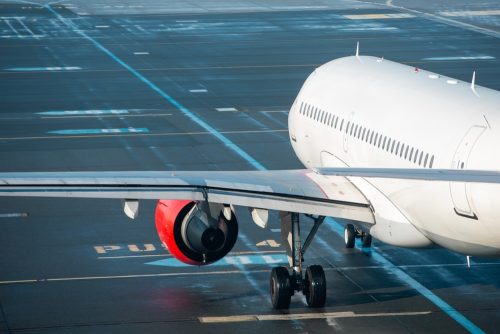It’s not enough that DHS is building hundreds of miles of walls along the U.S.-Mexico border, creating physical and emotional barriers between us and our neighbor, ally, and trading partner. But now there is a plan to build a wall around a portion of the wall.
Friendship Park in San Diego is known as a place where families and friends on both sides of the border can meet each other, have a conversation, and see loved ones through the fence. People on the Mexican and U.S. sides have been known to kiss, dance, pray, protest, and eat “with” each other at the fence.
But now DHS is planning a triple fence to go through the park, severely limiting fence visits and cutting off a monument that was raised nearly 160 years ago to commemorate the area where Mexican and American surveyors began to demarcate the new border after the Mexican-American war.
DHS claims the reinforced barriers are necessary because criminal elements have taken advantage of the park. Drugs, contraband, and even infants have been passed through the chain link fence.
Local advocates maintain that DHS’s claims are overblown, and that the new wall will put an end to the peaceful activities that take place in the park.
The Friendship Park wall is part of a larger project to build additional barriers along a 14 mile stretch from the ocean to the Otay Mesa port of entry. Environmentalists have criticized the project because of the destruction of the environment in the area. There is evidence that the additional walls have already caused border crossers to use more risky and dangerous routes, increasing injuries and deaths.
While DHS continues to ramp up its deportation-only tactics in the interior of the country, separating families in the process, it is unfortunate that DHS is now planning to destroy one of the few remaining places where bi-national families can reconnect.
Photo by keiforce.
 The American Immigration Council is a non-profit, non-partisan organization.
The American Immigration Council is a non-profit, non-partisan organization. 


